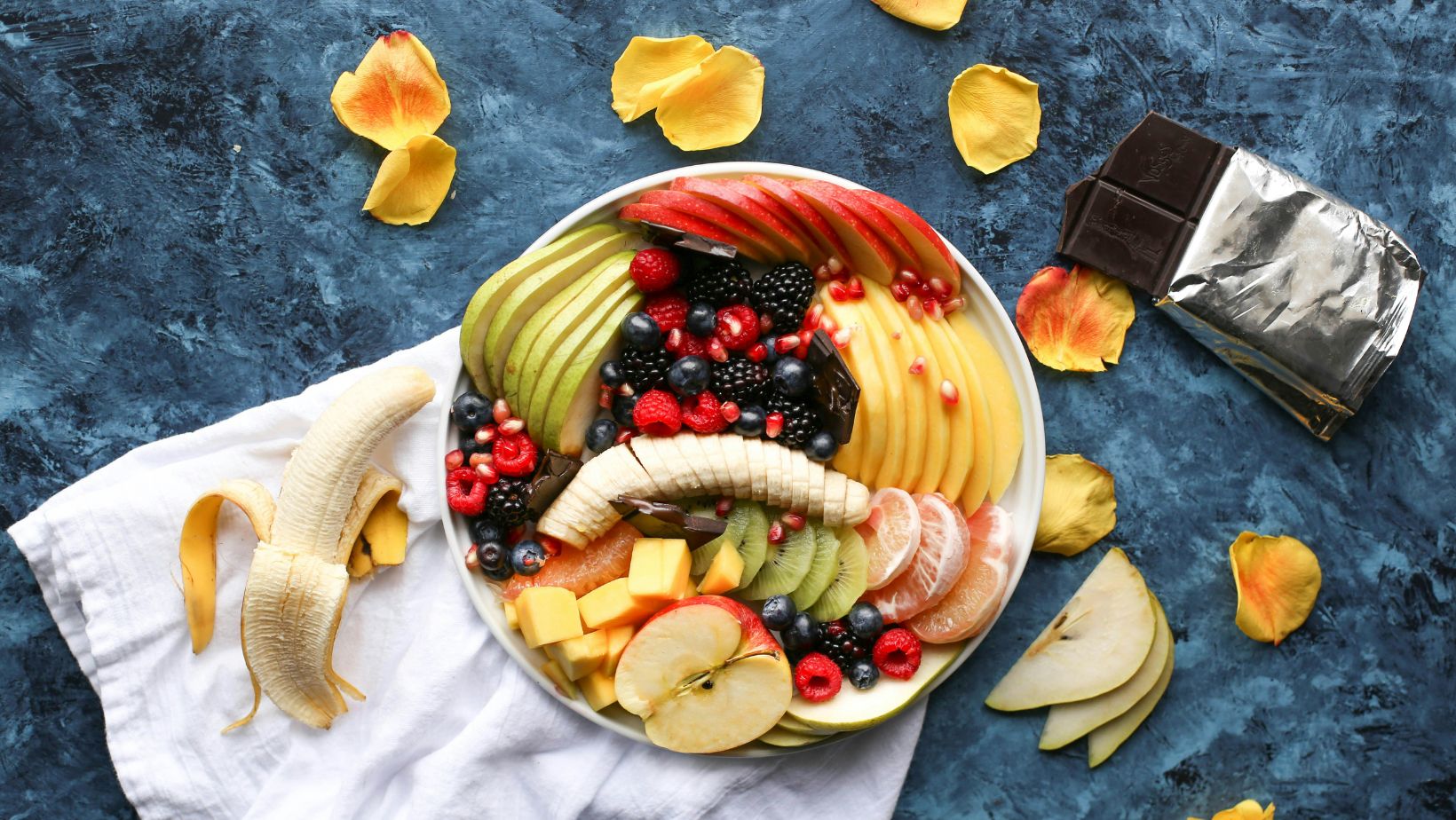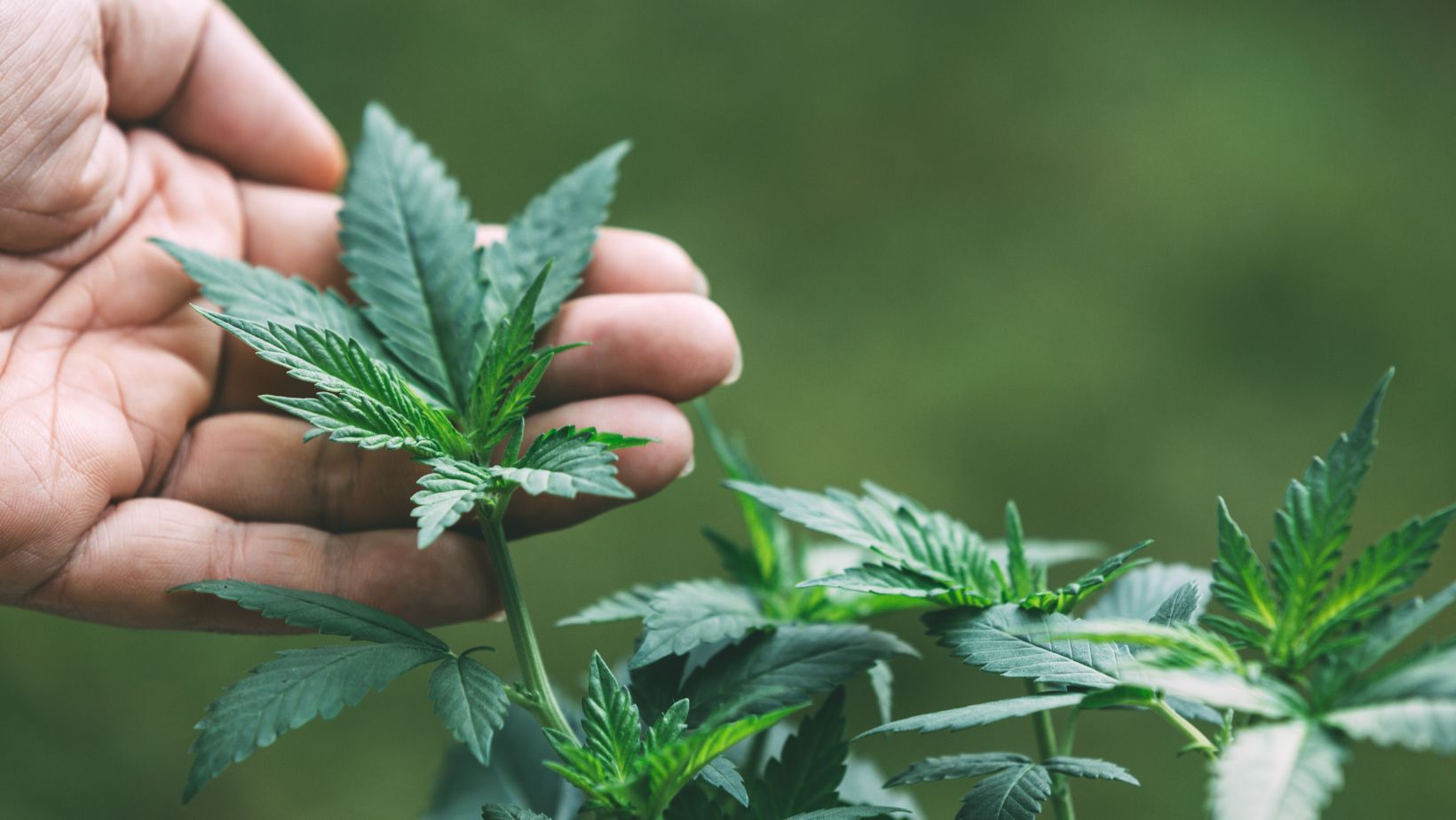Retaining walls are an essential feature in modern garden design, offering both functional and aesthetic benefits. Whether you’re dealing with sloping terrain, aiming to create defined garden beds, or looking to add visual interest, retaining walls can enhance the usability and beauty of your outdoor space. This article explores the various aspects of retaining walls, from their benefits to materials and design tips, providing you with a comprehensive guide to integrating these structures into your garden.
Table of Contents
ToggleThe Benefits of Retaining Walls
Maximizing Usable Space
One of the primary advantages of retaining walls is their ability to maximize usable space in gardens with uneven terrain. By creating level areas on sloped ground, retaining walls enable you to make the most of your garden, providing flat surfaces for planting, seating, or even a patio. This transformation not only improves the functionality of your garden but also increases its overall value.
Erosion Control
Retaining walls play a crucial role in erosion control. In gardens with significant elevation changes, soil erosion can be a persistent problem, particularly during heavy rains. Retaining walls help to hold back soil, preventing it from washing away and ensuring the stability of your garden’s landscape. This is especially important for preserving the integrity of plant roots and maintaining the health of your garden.
Enhancing Aesthetics
Beyond their practical uses, retaining walls can significantly enhance the visual appeal of your garden. With a variety of materials and designs to choose from, these structures can complement your garden’s style, adding texture, color, and structure. From rustic stone walls to sleek, modern designs, retaining walls can serve as a focal point or a subtle backdrop, enhancing the overall aesthetic of your outdoor space.
Choosing the Right Material
Natural Stone
Natural stone is a popular choice for retaining walls due to its timeless beauty and durability. Stones such as limestone, sandstone, and granite offer a range of colors and textures, allowing for a highly customized look. While natural stone can be more expensive and labor-intensive to install, its longevity and aesthetic appeal often justify the investment.
Concrete Blocks
Concrete blocks are another versatile option for retaining walls. Available in various shapes, sizes, and finishes, they can mimic the appearance of natural stone while offering easier installation and lower cost.

Concrete blocks are highly durable and can be engineered to provide the necessary strength for taller or more complex walls. They also allow for creative design options, including curves and tiers.
Timber
For a more rustic or natural look, timber retaining walls are an excellent choice. They are relatively easy to install and can blend seamlessly into garden environments. However, timber is less durable than stone or concrete and may require more maintenance, such as treatment against rot and pests, according to Waynes Pest Control in Birmingham. Treated hardwoods like cedar or redwood are often used to extend the lifespan of timber retaining walls.
Choosing the Right Manufacturer
Selecting the right manufacturer for your retaining wall materials is crucial to ensure quality and durability. Companies like Unilock, renowned for their Unilock retaining walls, offer a wide range of high-quality products that combine aesthetic appeal with robust performance. Unilock retaining walls are designed to withstand harsh weather conditions and provide long-lasting support, making them an excellent choice for any garden. By choosing a reputable manufacturer, you can trust that your retaining wall will not only look great but also stand the test of time, providing a reliable solution to your landscaping needs.
Designing Your Retaining Wall
Assessing the Site
Before starting your retaining wall project, it’s essential to assess the site thoroughly. Consider the slope of the land, soil type, and drainage patterns. This initial assessment will inform the design and construction of your wall, ensuring it meets both functional and aesthetic requirements. It’s also crucial to check local building codes and regulations, as retaining walls above a certain height may require permits or professional engineering.
Incorporating Drainage
Proper drainage is a critical aspect of retaining wall design. Without adequate drainage, water can build up behind the wall, increasing pressure and potentially causing failure. Incorporate drainage solutions such as gravel backfill, perforated pipes, or weep holes to manage water flow and reduce hydrostatic pressure. Ensuring good drainage will enhance the longevity and stability of your retaining wall.
Adding Greenery
Integrating greenery into your retaining wall design can soften its appearance and create a more natural look. Planting cascading plants or vines along the top of the wall can add visual interest and help blend the structure into the surrounding landscape. Additionally, you can create terraced planting beds within the retaining wall itself, allowing for a variety of plants to thrive at different levels.
Building Your Retaining Wall
DIY vs. Professional Installation
Deciding whether to build your retaining wall yourself or hire a professional depends on the complexity of the project and your level of experience. For smaller walls or straightforward designs, a DIY approach can be rewarding and cost-effective. However, for larger, more complex walls, or if you lack experience in construction, hiring a professional ensures the job is done correctly and safely.
Construction Tips
If you choose to build the retaining wall yourself, follow these essential construction tips:
- Start with a solid foundation: Excavate the base to the recommended depth and fill it with compacted gravel to provide a stable foundation.
- Layer correctly: For stone or block walls, stagger the joints in each row to enhance stability and strength.
- Backfill properly: Use gravel or crushed stone for backfilling to promote drainage and prevent soil erosion.
- Ensure level placement: Regularly check that each layer is level to avoid leaning or uneven walls.
Maintenance and Longevity
Regular Inspection
Regularly inspect your retaining wall for signs of damage or wear, such as cracks, bulging, or water buildup. Early detection of issues allows for timely repairs, preventing minor problems from becoming major structural failures.
Cleaning and Upkeep
Keep your retaining wall looking its best with routine cleaning and maintenance. Remove dirt, debris, and plant overgrowth to prevent staining and deterioration. For timber walls, periodic treatment with sealant or paint can extend their lifespan and maintain their appearance.
Conclusion
Retaining walls are a versatile and valuable addition to any garden, offering practical solutions to landscaping challenges while enhancing the aesthetic appeal of your outdoor space. By carefully choosing materials, designing thoughtfully, and maintaining your wall, you can enjoy the benefits of a beautiful and functional garden feature for years to come. Whether you opt for a natural stone masterpiece, a sleek concrete structure, or a rustic timber wall, the right retaining wall can transform your garden into a stunning and usable haven.






